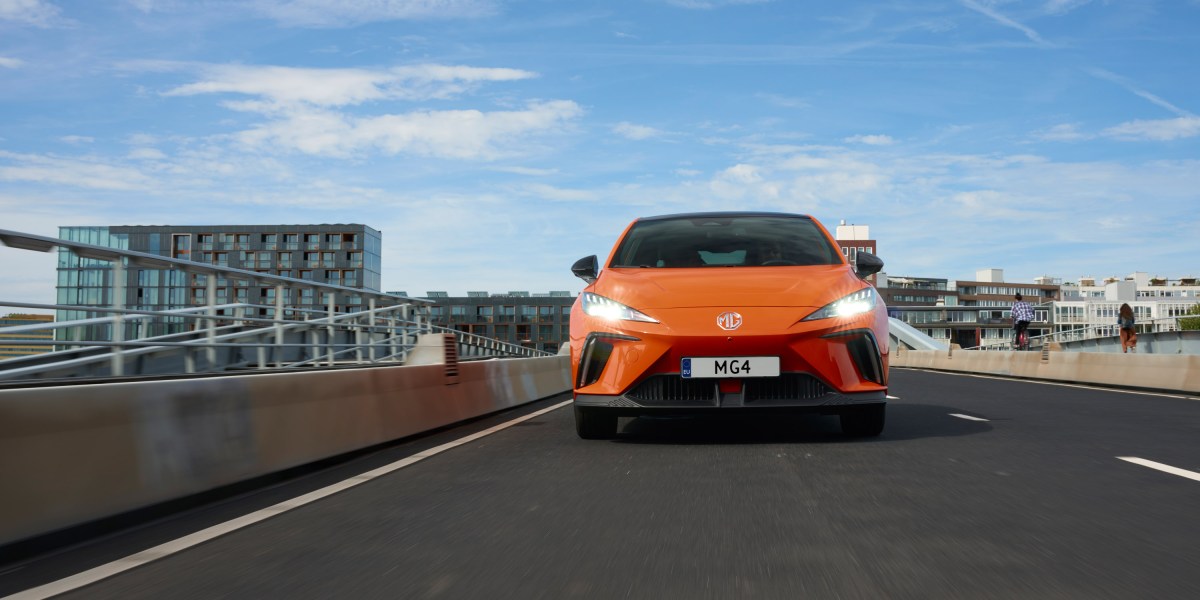
But in reporting this story, I learned that MG has had the best-selling Chinese EV model in Europe for months; its growth trend is topped only by Tesla’s.
The affordable options MG offers have become a threat to many mass-market vehicle brands in Europe. “MG is changing the EV game with the MG4 and MG ZS EV,” Muñoz says, referring to a small family car model and an SUV that MG released last year, “because those cars are really competitive—especially the MG4, which is already outselling cars like the Volkswagen ID3.” (For comparison, the price of an MG4 starts at €28,590 in Germany, while the comparable Volkswagen ID3 starts at €39,995.)
To be clear, what has elevated the MG4 above other Chinese EV models is not its quality or affordability, which Chinese companies already have a good grasp of. The key is in the branding.
“The biggest drawback of Chinese cars is that they have very low brand recognition [in Europe]. They can only rely on low prices,” says Zhang Xiang, a Chinese auto-industry analyst. Despite being household names in China, brands like BYD and Nio are seldom ones that an ordinary European car buyer would be familiar with.
And the flip side of my not knowing MG is a Chinese brand is that it is still perceived by many Western consumers as a British luxury brand, even though it’s been fully Chinese for more than a decade. “Very old-school, history—classic cars” is what came to the mind of my British colleague when asked about his perception of MG. And nope, he didn’t know it had become a Chinese company. MG has therefore avoided the stereotype that all Chinese-made products are low quality.
Well, I can’t really say that is the solution for Chinese brands trying to break into the European market. It’s not like everyone can just acquire a European brand in bankruptcy to pull off an image overhaul.
But the success of MG is a reminder to other Chinese companies that mastering the technology and manufacturing of a product is only the first step to success abroad; changing the overall perception of Chinese-made cars is a harder job. Muñoz says Chinese brands need to look to the Korean car makers of the ’90s or Japanese car makers of the ’70s for lessons on building trust and recognition in a new market.
Obviously, that took a while for them. I think this is a reality check for both Chinese companies and the observers cheering them on. It’s a triumph for them to make a good EV product that sells well in China, but that doesn’t automatically translate to success with a wholly different set of consumers.
